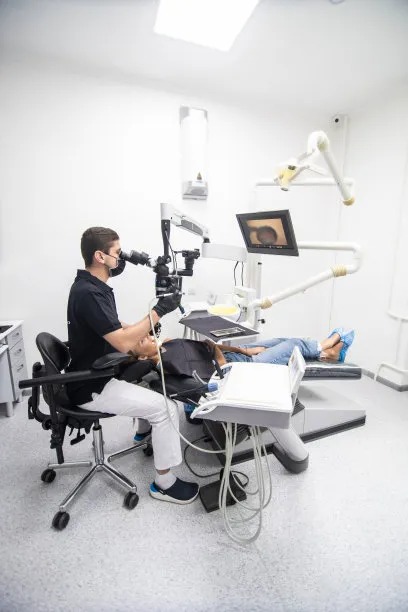The Journey of Extracting a Tooth Understanding the Process and Overcoming Dental Anxiety
Summary: Extracting a tooth can be a challenging experience, especially for those suffering from dental anxiety. This article delineates the comprehensive journey of tooth extraction, covering four crucial aspects: understanding the reasons for tooth extraction, the step-by-step process, effective methods to overcome dental anxiety, and the post-extraction care and recovery tips. By demystifying the procedure and providing practical advice, individuals can approach tooth extraction with confidence and reassurance, ensuring a smoother experience and optimal recovery.
1. Common Reasons for Tooth Extraction

Tooth extraction is often necessitated by various dental issues. One of the most prevalent reasons is tooth decay, which can lead to significant pain and infection if left untreated. When a tooth is severely damaged or has extensive cavities, extraction may be the only solution to relieve discomfort and prevent further complications.
Another common reason for tooth extraction is periodontal disease, an infection of the gums that can undermine the supportive structures of the teeth. If gum disease has progressed too far, extraction may be required to maintain overall oral health. Additionally, overcrowded teeth can lead to the need for extraction to make way for orthodontic treatment.
Impacted wisdom teeth also frequently necessitate removal. These third molars often fail to erupt properly, causing pain and potential damage to adjacent teeth. Regular dental check-ups can help identify such issues before they escalate, making timely extraction crucial for long-term dental health.
2. Understanding the Tooth Extraction Process
The tooth extraction process begins with a thorough examination by a dentist, who will typically take X-rays to assess the situation. If extraction is deemed necessary, patients will be informed about the type of anesthesia used. Local anesthesia will be administered to numb the area, while sedation options may be available for anxious patients.
Once the anesthesia has taken effect, the dentist will proceed with the extraction. For simple extractions, the dentist uses specialized tools to loosen and remove the tooth. In contrast, surgical extractions are required for impacted teeth or teeth that have broken below the gum line, requiring incisions in the gum tissue.
Following the extraction, patients will be provided with aftercare instructions to manage any discomfort and prevent complications. A follow-up visit may also be scheduled to ensure healing is progressing as expected, emphasizing the importance of monitoring the recovery process.
3. Overcoming Dental Anxiety Before Extraction
Dental anxiety is a common issue for many individuals facing tooth extraction. One effective way to overcome this fear is through education. Understanding the procedure, what to expect, and knowing the dentist’s role can significantly alleviate anxiety.
Additionally, communication with the dentist is vital. Expressing concerns and fears can help the dental professional provide reassurance and information tailored to the patient’s needs. Many dentists are trained to address anxiety directly and can offer options to make the experience more comfortable.
Relaxation techniques also play a crucial role in managing anxiety. Practicing deep breathing exercises before the appointment, listening to calming music, or even bringing a trusted friend for support can create a more relaxed environment. It’s essential for patients to find what relaxes them best.
4. Post-Extraction Care and Recovery Tips
Proper aftercare following a tooth extraction is critical for healing. Patients are typically advised to rest immediately after the procedure and to avoid vigorous activities for at least 24 hours. Applying an ice pack to the cheek can help reduce swelling and discomfort.
In addition to managing pain with prescribed or over-the-counter medications, its important to follow dietary recommendations. Soft foods are recommended initially, with hot, spicy, or hard foods to be avoided for a few days to aid in recovery.
Maintaining good oral hygiene after extraction is vital, but patients should be cautious around the extraction site. Gentle rinsing with a saltwater solution can aid in healing and help prevent infection. Regular follow-ups with the dentist will ensure that recovery is on track.
Summary:
In conclusion, understanding the nuances of tooth extraction, from the reasons necessitating the procedure to methods for overcoming anxiety and how to care for yourself post-extraction, empowers patients to take control of their dental health. This journey may seem daunting, but with the right preparation and support, individuals can navigate tooth extractions confidently.
This article is compiled by Vickong Dental and the content is for reference only.



